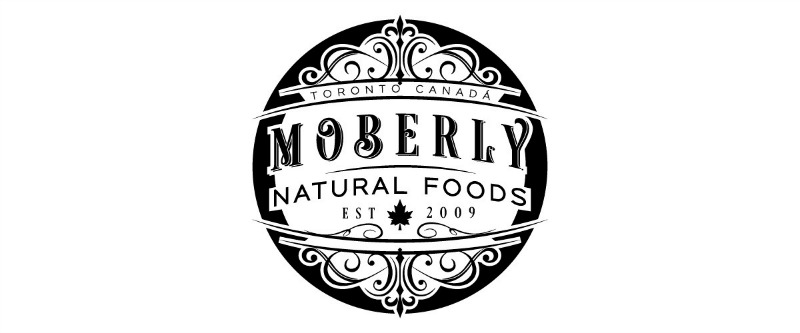“So, where do you get your protein?” For those of us raised on meat-potato-veg dinners, it’s hard to imagine a healthy diet without the beef. So what do you do when your kid watches Forks Over Knives, and decides to try out vegetarianism? What’s the deal with vegetarian protein?
There are a few considerations to be made when making the switch to meat-free living:
- Where do you get your protein?
- How do you incorporate healthy fats?
- What about iron and B12?
Today, let’s address vegetarian protein.
Chances are you’ve heard of complete proteins, but not everyone is clear on what that means. When I first became vegetarian, I thought that “complete protein” just meant “lots of protein”. While that is sometimes the case, the real answer is a little more complicated.
What are complete proteins?
Some years ago, scientists decided that egg whites had the perfect “complete” balance of amino acids, the building blocks of protein. They built a scale based on that to measure the “completeness” of all other protein sources against. What this scale tells us is that some protein sources (like legumes) are high in certain amino acids, while some protein sources (like grains) are high in other amino acids. If you put them together, the amino acid ratios balance out to match those of egg whites. Therefore, grains plus legumes = complete protein.
There are several food combinations that make a complete protein:
 While this seems limiting, at first glance, the combinations of vegetarian protein options really are endless.
While this seems limiting, at first glance, the combinations of vegetarian protein options really are endless.
- Grains + legumes = rice and beans, peanut butter on toast, hummus and crackers
- Legumes + nuts = peanuts and almonds in a trail mix, lentil dishes with nut butter sauce
- Grains + dairy = cereal with milk, grilled cheese sandwich, pasta with cheese
- Legumes + seeds = hummus (chickpeas + tahini), bean salad with seeds sprinkled on top
Don’t worry too much about ratios of your foods (ie. beans to grains) – your body stores a pool of un-paired amino acids to complete your proteins throughout the day.
Of course, there are vegetarian foods that are complete proteins on their own. They include:
- Eggs
- Quinoa
- Buckwheat
- Amaranth
- Chia
- Soy (stick to organic or Non-GMO certified soy products, and limit number of servings per week due to hormone disruptors – more on that later)
- Spirulina (almost – best to pair with some nuts)
Gone are the days of mac and cheese and veggie burgers as the only vegetarian protein options! As you can see, there are many ways to get enough protein into your meat-free offspring.
Stay tuned for Part 2 – Healthy Fats, and Part 3 – Vitamin B 12 and Iron.
About The Author:
Kelly Boaz, CNP
Kelly is a holistic nutritionist, specializing in eating disorder recovery and food freedom. She is also a public speaker (TEDx King St. West, TDSB) and a writer. Learn more about Kelly, and about booking private consultations at kellyboaz.com Twitter: @kelly_boaz Facebook: /KellyBoazDotCom
